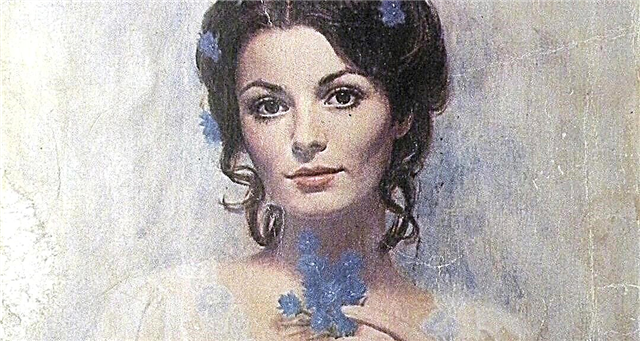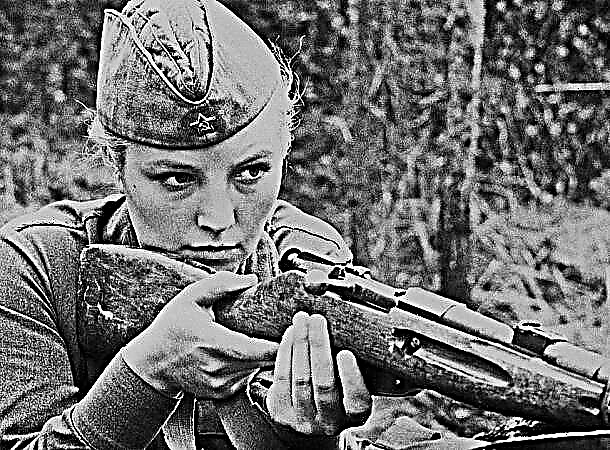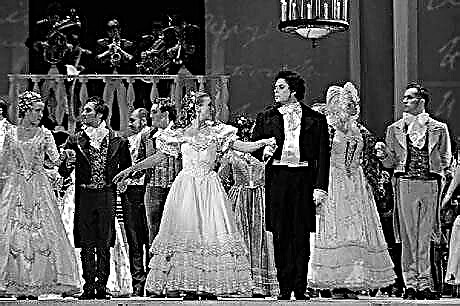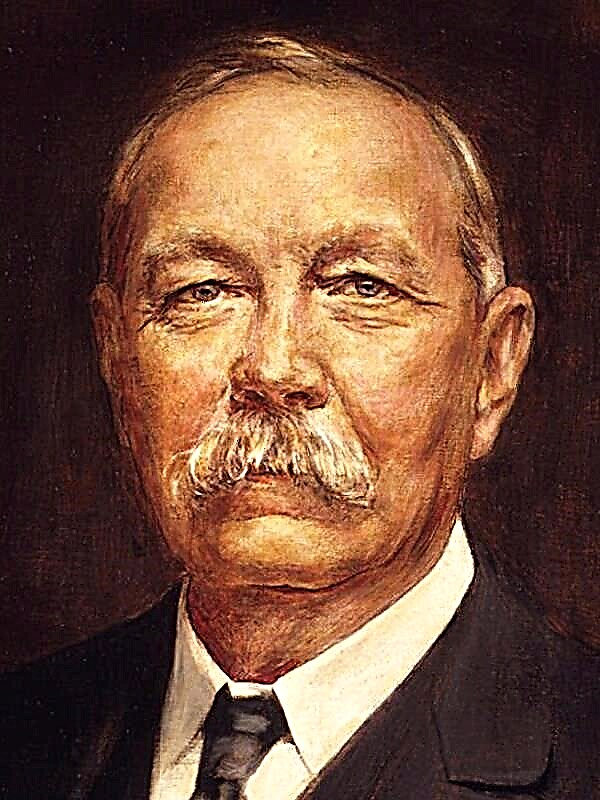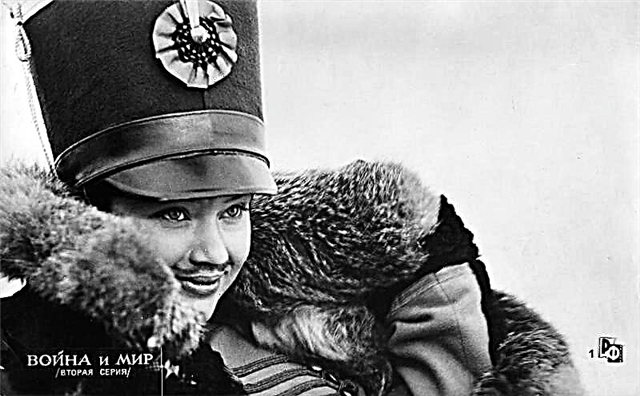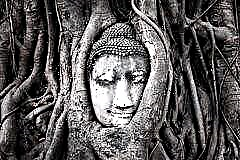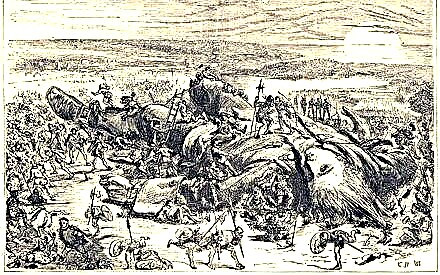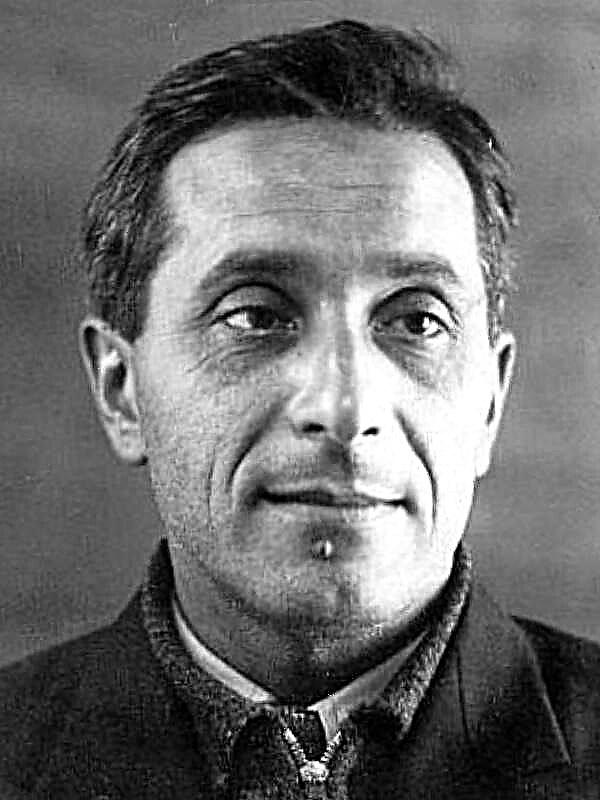The Little Prince is a childhood, but at the same time a thoughtful work. Antoine de Saint-Exupery placed in a light and small fairy tale a reflection of the real adult world with its advantages and disadvantages. In some places it is satire, myth, fiction and a tragic story. Therefore, a multifaceted book is liked by both small and large readers.
History of creation
"The Little Prince" was born during the Great Patriotic War. It all started with the drawings of Exupery, in which he depicted the very "little prince".
Exupery, being a military pilot, once had a plane crash, this happened in 1935 in the Libyan desert. The old wounds, memories of the disaster, and news of the outbreak of World War I inspired the writer to create a work. He thought about the fact that each of us is responsible for the place where he lives, whether it be a small apartment or an entire planet. And the struggle casts doubt on this responsibility, because it was during that fierce battle of many countries that lethal nuclear weapons were first used. Alas, many people did not give a damn about their home, since they had allowed the wars to bring humanity to such extreme measures.
The work was created in 1942 in the United States, a year later it became available to the reader. The Little Prince became the final creation of the author and brought him world fame. The author dedicated his book to a friend (Leon Werth), moreover, to that boy whom his friend had once been. It is worth noting that Leon, who was a critic writer, being a Jew, suffered from persecution during the development of Nazism. He, too, had to leave his planet, but not of his own free will.
Genre, direction
Exupery talked about the meaning of life, and in this he was helped by the genre of the parable, which is characterized by a pronounced morality in the finale, an edifying connotation of the narrative. A fairy tale as a parable is the most common crossing of genres. A distinctive feature of the fairy tale can be called the fact that it has a fantastic and simple plot, but at the same time it is instructive, helps young readers to form moral qualities, and adults to think about their views and behavior. A fairy tale is a reflection of real life, but reality is presented to the reader through fiction, however paradoxical it may sound. The genre originality of the work suggests that The Little Prince is a philosophical tale-parable.
The work can also be attributed to a fantastic story.
The meaning of the name
The Little Prince is a story about a traveler who travels the whole universe. He does not just travel, but is in search of the meaning of life, the essence of love and the secret of friendship. He learns not only the world around him, but also himself, and self-knowledge is his main goal. It still grows, develops and symbolizes an immaculate and tender childhood. Therefore, the author called him "small."
Why a prince? He is alone on his planet, it all belongs to him. He takes a very responsible approach to his master role and, despite his modest age, has already learned to care for her. Such behavior suggests that we are faced with a noble boy who manages his property, but what is the best name for it? Prince, because he is endowed with power and wisdom.
Essence
The plot originates in the Sahara desert. The pilot of the aircraft, having made an emergency landing, meets the same Little Prince that arrived on Earth from another planet. The boy told his new acquaintance about his journey, about the planets he had visited, about his previous life, about the rose, which was his faithful girlfriend. The little prince loved his rose so much that he was ready to give his life for it. The boy was dear to his house, he liked to watch the sunsets, it is good that they could be seen several times a day on his planet, and for this the Little Prince needed only to move a chair.
Once, the boy felt unhappy and decided to go in search of adventure. Rosa was proud and rarely endowed the patron with her warmth, therefore, did not keep him. During his journey, the Little Prince met: The Ruler, who is confident in his absolute power over the stars, the Ambitious, for whom the main thing to be admired, is the Drunkard, who drinks out of guilt for alcohol abuse, paradoxically as it sounds. The boy even met a Business man whose main occupation is counting stars. The little prince collided with the Lanternman, lighting and extinguishing a lantern on his planet every minute. He also met the Geographer, who in his entire life had not seen anything but his planet. The last place of the traveler’s position was planet Earth, where he found a true friend. All the main events are described by us in the summary of the book for the reader's diary.
The main characters and their characteristics
- The little Prince - the image is partially autobiographical, although it is very difficult to imagine that an adult pilot was once a little dreamer. The main character is a little boy, but at the same time he is often smarter than adults who “love numbers very much”. Exupery endowed his hero with seemingly incompatible qualities: spontaneity and reliability. He is kind and very fond of his Rose, which has remained on his planet. At the same time, it is still growing and does not know many things. For example, he learned friendship only on planet Earth, and he realized his love only after separation.
- the Rose. Rose's prototype is the author’s wife, Consuelo, a hot-tempered Latin American. The rose was a special flower, the little prince would recognize her among thousands of other roses, all the other flowers were "empty" for him. The rose was fragile and vulnerable, so the boy covered her with a glass cap. But the character of this lady was explosive and capricious: she imperiously addressed her interlocutor and often insisted on something of her own.
- Pilot plays the role of the narrator in the work. Despite the fact that he is an adult and experienced, the man suddenly finds a common language with the Little Prince. This is because in childhood he was different from all people, and even later he did not find a way to understand them and become the same as they are. He only adapted to their order. The author showed a misunderstanding through the drawings and their interpretation. The narrator painted one thing, and those around him saw another. As a result, he lost faith in himself and stopped drawing, became a pilot. But a guest from another planet immediately understood him. This instilled in the pilot’s heart the hope that he was not mediocre, it was just that everyone else did not understand him. Thus, before us is a man of fine spiritual organization, who is sensitive to criticism and who knows how to appreciate spiritual kinship.
- Fox - a wild beast who became a true friend to the Little Prince. It was he who taught him responsibility for the one whom he tamed. Wise advice and moral instruction often slip out of his mouth, probably this is a universal image of a mentor that each of us meets sooner or later on his way.
Themes and Issues
- Exupery in his work speaks of many global problems. First of all, he is concerned about the meaning of life. It is to him that the little traveler seeks the answer, making his way through outer space. Obviously, most of its neighbors do not reach the essence of life, they just live in the usual framework and do not go beyond the small and miserable worlds. Only the main character dared to go further and look into the soul to himself. After all, in communication with the inhabitants of the Earth, he understood and admitted his mistakes, and in the final he returned to Rosa.
- The author also talks about love, friendship and responsibility. Exupery did not just open the topic of friendship or love, but also conveyed to the reader the importance of responsibility for a loved one, and for the world as a whole. The hero worked daily, defending his planet, cleansing it and caring for it. He also loved and cherished Rosa, only by his cares she remained alive.
- The second one draws the problem of all-consuming evil with the help of baobabs, which, if not eradicated, will absorb all life. This is a symbol of any parasitism on Earth. It is necessary to live by your own labor, and not to attack foreign lands, uprooting all living things. Description of the life of the baobabs is the embodiment of an anti-war theme, because in the image of aggressive trees you can easily see the Nazi army.
- Exupery shows the problem of the relationship between a man and a woman through the relationship of the Little Prince and Rose. Moreover, in real life it is a reflection of the relationship between the author and his wife. Living together is not easy, especially if the characters do not converge. But true love inspires people to surrender, makes them care for each other, no matter what happens.
- Exupery in his work sharply poses the problem of loneliness, which he knew firsthand, sitting in the cockpit. To show loneliness, the author places the pilot in the desert, but, as the Little Prince says, you can be alone among people. This problem is more relevant in modern society than ever.
- The theme of reason and feelings. Through the lips of the Fox, Exupery tries to convey to the reader that one cannot see everything with his eyes, "the heart is vigilantly," as the Fox says.
The main idea
The main idea of the author becomes clear immediately after reading the work. He managed to create a fairy tale story in which he simply conveyed to the reader complex things, on the understanding of which world peace depends. The author says that people should learn to trust each other and be responsible for everything that they love. The meaning of the book is the phrase:
To love is not to look at one another, it is to look in one direction.
A man should take care of his house, and not tear it to pieces in bloodshed, lifeless parts. This idea was especially relevant then, in the days of the Second World War. The little prince cleaned his planet daily, preventing the baobabs from becoming rampant. If the world could unite in time and wipe out the national socialist movement led by Hitler, bloodshed could have been prevented. For those who love the world should take care of it, and not lock themselves on their little planets, thinking that a thunderstorm will pass by. Because of this fragmentation and irresponsibility of governments and peoples, millions of people have suffered, and the writer urges, finally, to learn to love faithfully and responsibly the harmony that only friendship provides.
What does it teach?
The story of the Little Prince is surprisingly soulful and instructive. The creation of Exupery tells of how important it is to have a faithful friend nearby and how important it is to be responsible for those whom you "tamed". A fairy tale teaches to love, make friends, warns against loneliness. In addition, you should not lock yourself in your small territory, fencing off from the whole world around. It is necessary to leave the comfort zone, to learn new things, to look for oneself.
Exupery also encourages the reader to listen not only to his mind in making decisions, but also to his heart, because you cannot see the main thing with your eyes.



